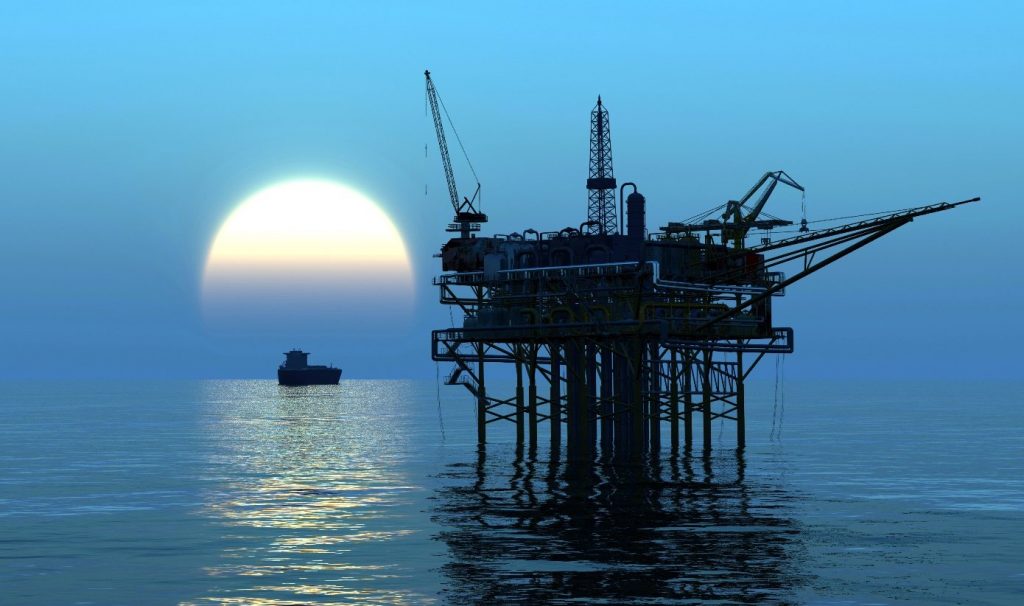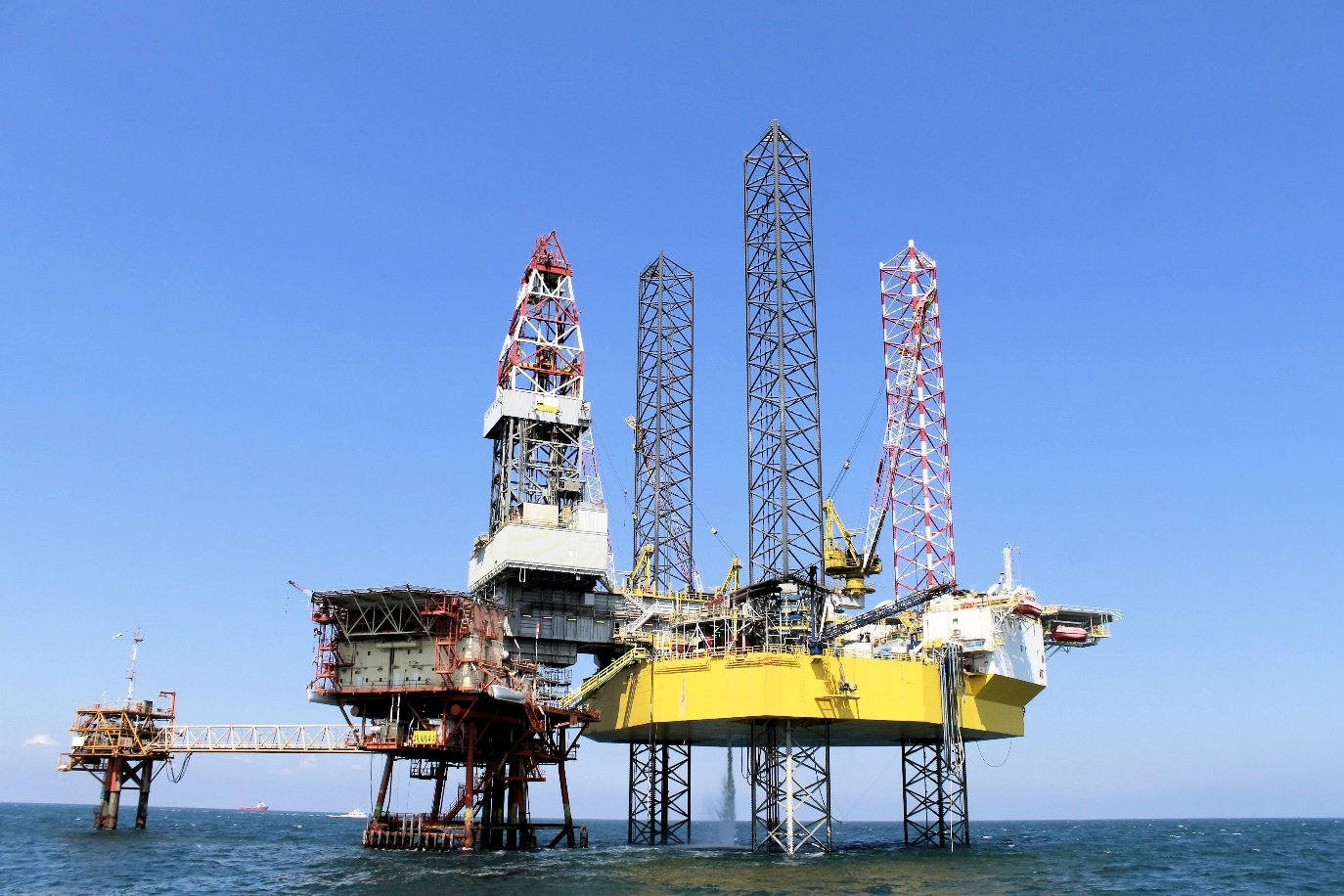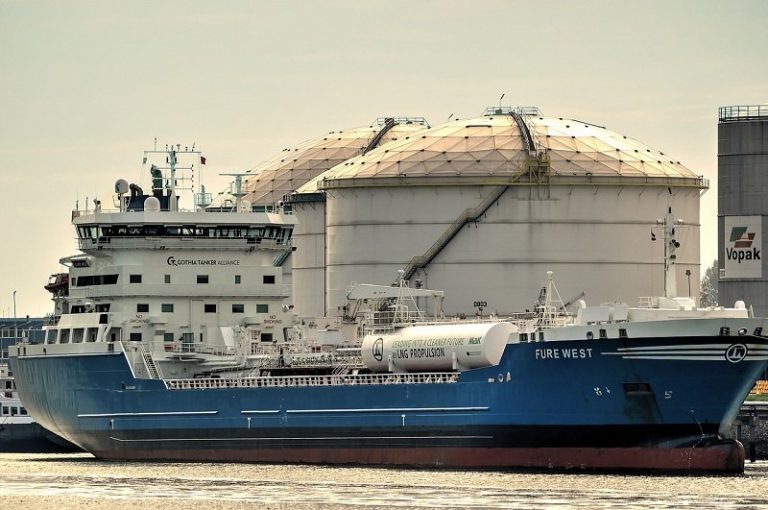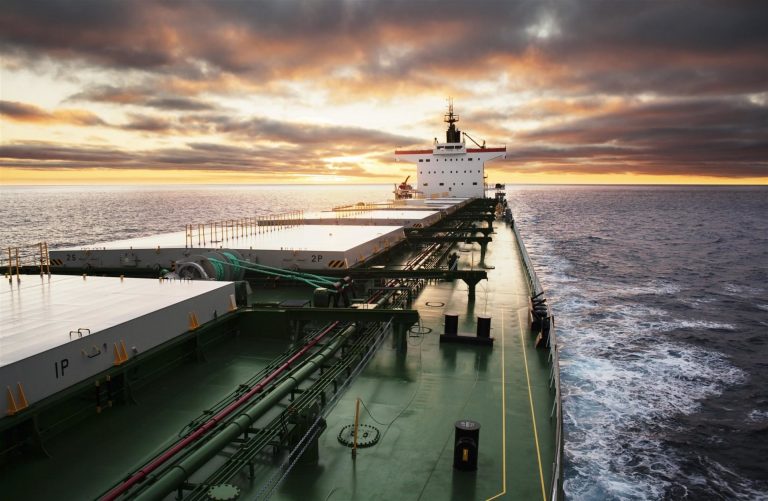Maritime employment really isn’t for anyone who needs to work in a relaxing, stress-free environment. This is especially true for maritime personnel who spend their days on oil rigs. It’s not easy working on these platforms—not only can it be physically strenuous, it routinely exposes employees to a wide range of dangers, from inclement weather to toxic chemicals.
Worse still, oil platforms are typically situated in remote locations, which can complicate rescue operations. Due to these workplace conditions, serious injuries—even fatalities—are all-too-common occurrences.
The good news is that oil rig workers can qualify for financial compensation if they become injured on the job—but this is where things get a little complicated. Where does this compensation come from?
It’s widely known that people who get hurt in connection with their employment can usually qualify for state workers’ compensation, but does that apply to individuals on oil rigs way out at sea? Or would they qualify instead under the personal injury provisions of the Jones Act?
Understandably, maritime personal injury law can be confusing to many people. There are a number of statutes on the books, many of them devised to address inadequacies in earlier laws, and, as a result, it isn’t always clear which piece of legislation is relevant to any particular case.
For oil rig employees, it’s important to know about the Outer Continental Shelf Lands Act (OCSLA), which protects and extends their right to obtain just compensation for their on-the-job injuries. Here, we’ll look at the OCSLA in greater detail.
What Is the Outer Continental Shelf?
The OCSLA governs the U.S.-controlled offshore territory known as the Outer Continental Shelf. A “continental shelf” is essentially the submerged land—the seabed and subsoil—that extends beyond the mainland. In the U.S., any particular part of the continental shelf is, for the most part, considered to be under the jurisdiction of the adjoining state so long as the area in question is no farther than three miles from the state’s coastline.

However, what about the submerged land outside the three-mile boundary? This is known as the Outer Continental Shelf (OCS). It is divided into four distinct regions under U.S. jurisdiction:
- Gulf of Mexico OCS Region
- Atlantic OCS Region
- Pacific OCS Region
- Alaska OCS Region
These areas are under federal control and outside the jurisdiction of neighboring U.S. states. This fact has far-reaching implications for maritime personal injury law and the options available to personnel who seek to collect compensation for the harm they have suffered on the job.
The Jones Act and Oil Rig Employment
The Jones Act, otherwise known as the Merchant Marine Act of 1920, is probably the most widely recognized piece of legislation that governs personal injury claims in the maritime sector. It grants a seaman the right to sue an employer whose negligence resulted in serious injury to the worker. As Jones Act compensation can be substantial, especially when compared with state workers’ compensation, this is an attractive avenue for many.
However, it must be understood that this right to compensation is given only to those who qualify as “seamen” under the definition of the Jones Act—and many maritime workers fail to meet the requirement.
Under the Jones Act, a seaman must meet several criteria; the one that causes problems for many maritime employees is the requirement that the individual is employed on a “vessel in navigation.” Oil rigs, which are often fixed in position, tend not to fulfill this requirement. There are situations where oil rig workers can meet this requirement, although these are not common, and you need to consult with a maritime accident attorney to be able to determine whether your particular case is applicable.
In summary, oil rig workers usually do not qualify for Jones Act protections. So, where does that leave them? This is where the OCSLA comes into play.
Background of the OCSLA
As the United States became increasingly industrialized over the course of the 20th Century, the importance of oil and other natural resources grew accordingly. The Outer Continental Shelf assumed a hugely important role in this national trend, as the area was known to be rich with such resources.

In 1953, the Outer Continental Shelf Lands Act (OCSLA) was passed to define the jurisdiction of the federal government over these regions and to grant the Secretary of the Interior the power to lease them to organizations for the purpose of finding and developing natural resources. Today, the Bureau of Ocean Energy Management (an agency of the U.S. Department of the Interior) oversees the development of wells and pipelines across the OCS.
The OCSLA also has significant implications for oil rig workers. Under the OCSLA, they can generally qualify for personal injury compensation that the Jones Act denies them.
Who Is Covered by the OCSLA?
Employees who are involved in the exploration, development, removal, or transportation of natural resources on navigable waters in the Outer Continental Shelf are eligible for personal injury compensation under the provisions of the OCSLA. This includes not only oil rig workers but longshoremen, shipbuilders, and other personnel engaged in related activities. Qualified personnel must have been engaged in duties on a temporary or permanent installation on the OCS at the time of the incident in question.
The OSCLA does not cover individuals who are crewmembers of a vessel—that’s basically what the Jones Act is for. It also does not cover employees of the United States government or the government of any foreign power.
Compensation Under the OCSLA
Oil rig workers (and other maritime personnel covered by the OCSLA) can collect personal injury compensation through the Longshore and Harbor Workers’ Compensation Act (LHWCA). In fact, the OCSLA can be viewed as essentially an extension of the LHWCA.
The LHWCA is fundamentally a workers’ compensation program that was originally enacted back in 1927 and, later, was subjected to various modifications to broaden its scope. Among these modifications was an amendment of the Act to include coverage for maritime employees in the Outer Continental Shelf.
If he or she qualifies for LHWCA compensation, an injured oil rig worker will be classified in one of four main disability categories. This determination is based on whether the injury is temporary or permanent in nature, and whether it is total or partial in extent. The four categories are as follows:
- Temporary Partial Disability (TPD) – Employees are capable of performing at least some duties. During their recovery period, they will receive compensation set at two-thirds of their estimated loss of earning capacity.
- Temporary Total Disability (TTD) – Employees will receive compensation set at two-thirds of their Average Weekly Wage (based on the last 52 weeks of wages).
- Permanent Total Disability (PTD) – Employees will receive compensation set at two-thirds of their Average Weekly Wage. PTD compensation lasts for the duration of the worker’s disability.
- Permanent Partial Disability (PPD) – Employees will receive compensation set at two-thirds of their Average Weekly Wage PLUS compensation based on the part of the body that is impaired, according to a schedule maintained by the Department of Labor.
Like workers’ compensation, LHWCA payments are issued periodically, rather than in lump-sum form.
How Our Maritime Accident Lawyers Can Help
As previously mentioned, it’s not always clear which personal-injury statute may be relevant to a particular case. If you’ve been injured while performing your duties on an oil rig, it’s best to contact our maritime lawyers in Houston, TX so we can analyze your case and recommend the right course of action. Schechter, Shaffer & Harris, L.L.P.—Maintenance and Cure— can be reached 24 hours a day at 1-800-836-5830.






